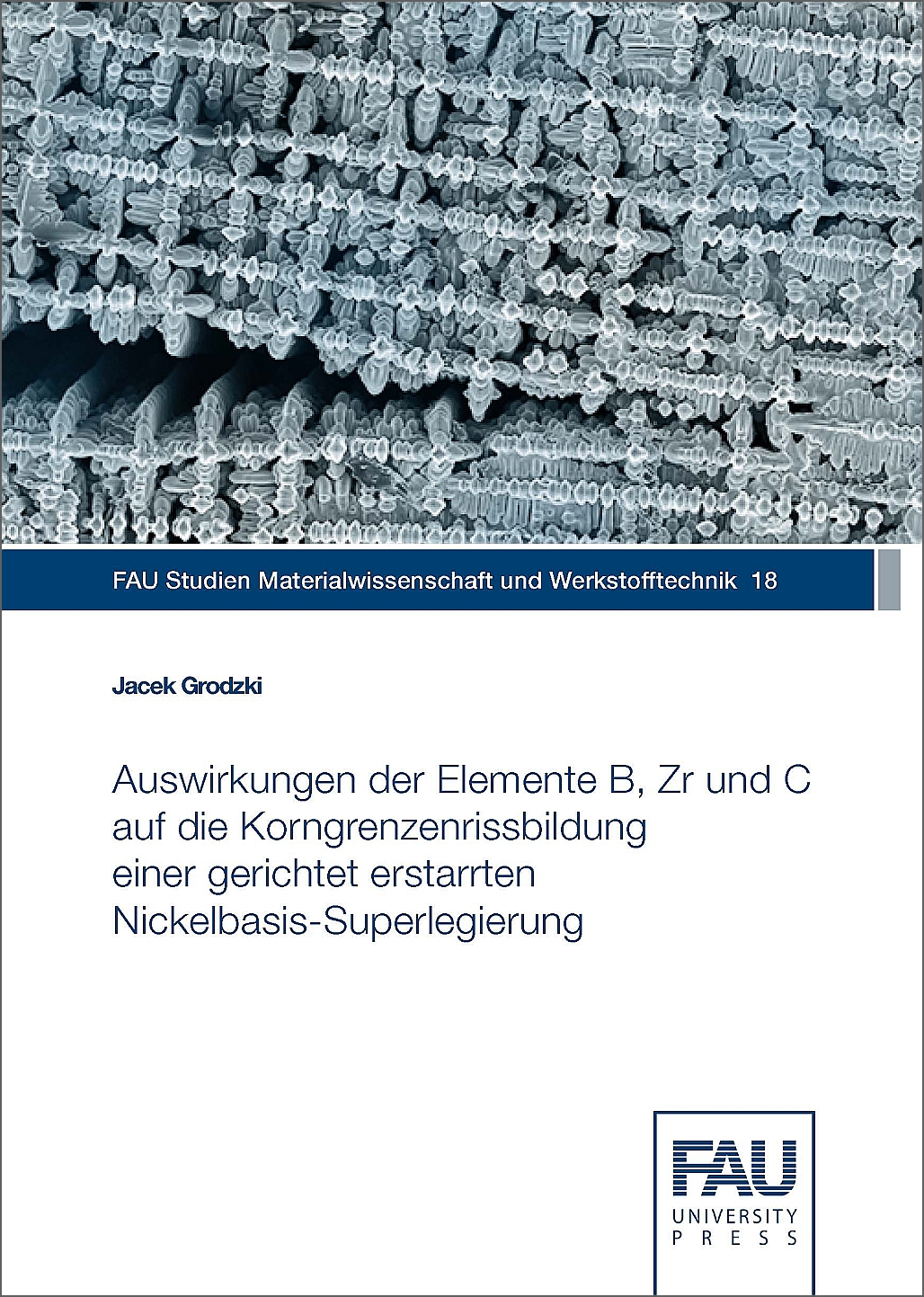Description
Over the last decades, the increase in operating efficiency of gas turbines was achieved mainly in the hot‐gas section by continuous improvements of the used materials, coatings and airfoil cooling schemes. The increasing complexity of the cooled thin‐walled blades and vanes inherently impedes the manufacturability and increases the efforts and challenges to develop a good investment casting process with an acceptable and therefore economical casting yield. The phenomenon of grain boundary cracking is an important problem since the design freedom and the respective material selection can be very restricted, especially for certain alloys.
This thesis is about the optimization of the chemical composition of a nickel‐based superalloy. The goal is to understand the effects of certain elements on hot tearing and stress relief cracking and to propose optimized alloy compositions.
It was found that an important improvement in castability can be achieved by adjusting the elemental composition, especially of the elements C, Zr, B and Hf. These elements partition to the liquid phase and influence strongly its chemical composition. The impact is very high towards the end of the solidification in the “film phase”, when feeding becomes too restricted to compensate for the casting stains, while the mechanical properties of the semiliquid structure are still very low. In this temperature range, hot tears can develop very easily. Depending of the alloy chemistry, hot tears or stress relief cracks can be observed. To counteract stress relief cracking, the presence of B is indispensable. Hot tearing is found to occur at high ƴ/ƴ‘‐eutectic fractions and/or high Zr contents. Castable alloys therefore contain low contents of B, low contents or no Zr and small fractions of ƴ/ƴ‘‐eutectic. An alternative alloying strategy with high fractions of ƴ/ƴ‘‐eutectics is possible as well. The minor elements control the grain boundary energies and therefore the grain boundary coherence and susceptibility to grain boundary cracking during or after solidification.


Reviews
There are no reviews yet.